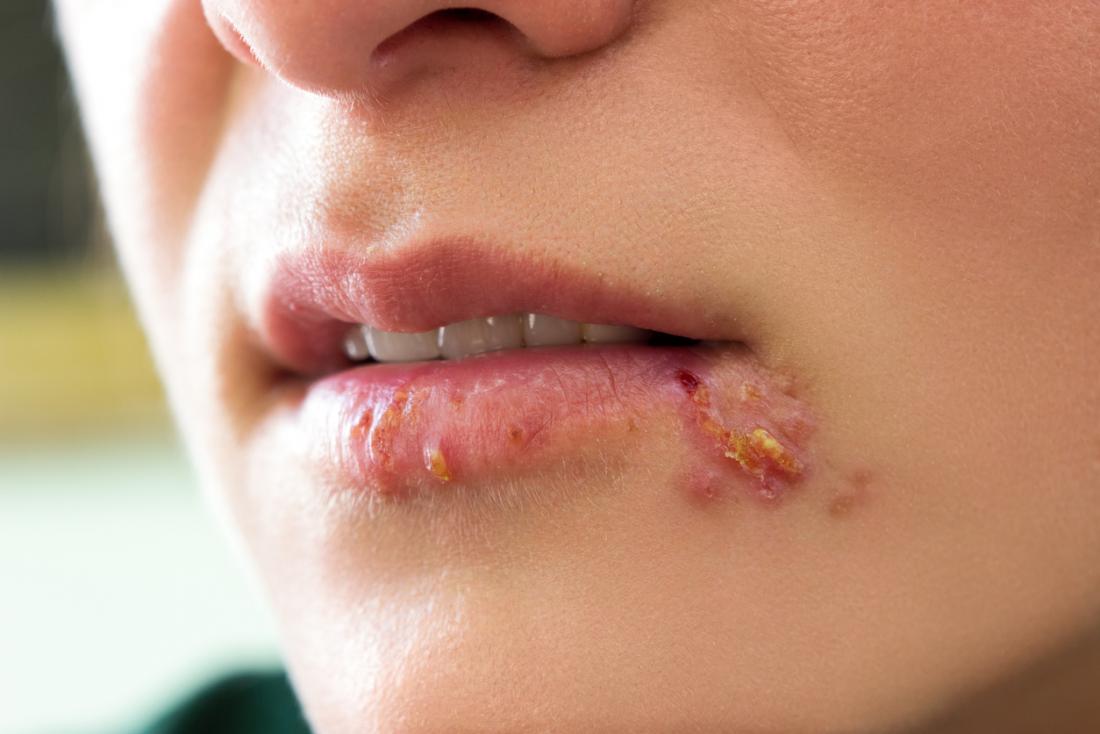1st May, 2020

About half a billion people worldwide are living with genital herpes while several billions of people have oral herpes infection, new estimates by the World Health Organisation (WHO) have shown.
In a statement on Friday from Geneva, WHO highlighted the need to improve awareness and scale-up services to prevent and treat herpes.
The health agency said that the figures were given by University of Bristol staff and Weill Cornell Medical College-Qatar, and published in the WHO Bulletin.
It said that about 13 per cent of the world’s population – aged 15 years to 49 years – were living with Herpes Simplex Virus type 2 (HSV-2) infection in 2016, the year with the latest data.
“HSV-2 is almost exclusively sexually transmitted, causing genital herpes.
“The infection can lead to recurring, often painful, genital sores in up to a third of people infected,” it said.
According to WHO, Herpes Simplex Virus type 1 (HSV-1) is mainly transmitted by oral-to-oral contact to cause oral herpes infection – sometimes leading to painful sores in or around the mouth (“cold sores”).
It, however, said that HSV-1 could also be transmitted to the genital area through oral sex, causing genital herpes.
“Around 67 per cent of the world’s population – aged 0 to 49 – had HSV-1 infection in 2016 – an estimated 3.7 billion people.
“Most of these infections were oral.
“Between 122 million people to 192 million people were estimated to have genital HSV-1 infection,” it said.
Dr Ian Askew, Director, Department of Sexual and Reproductive Health and Research, WHO, described genital herpes as a substantial health concern worldwide.
He said that beyond the potential pain and discomfort suffered by people living with the infection, the associated social consequences could have a profound effect on sexual and reproductive health.
He said that people with HSV-2 infection were at least three times more likely to become infected with HIV if exposed.
He said that HSV-2 likely played a substantial role in the spread of HIV globally.
“Women are more susceptible to both HSV-2 and HIV.
“Women living in the WHO Africa Region have the highest HSV-2 prevalence and exposure to HIV – putting them at greatest risk of HIV infection,” he said.
He said there was no cure for herpes, noting that antiviral medications such as acyclovir, famciclovir and valacyclovir could help to reduce the severity and frequency of symptoms but could not cure the infection.
He said that more awareness, improved access to antiviral medications and heightened HIV prevention efforts for those with genital HSV symptoms were needed globally.
He said that in addition, the development of better treatment and prevention interventions was needed, particularly HSV vaccines.
Dr Meg Doherty, Director, WHO Department of Global HIV, Hepatitis, and STI Programmes, said that a vaccine against HSV infection would help to promote and protect the health and well-being of millions of people, particularly women.
She said that it could also potentially have an impact on slowing the spread of HIV if developed and provided alongside other HIV prevention strategies.


